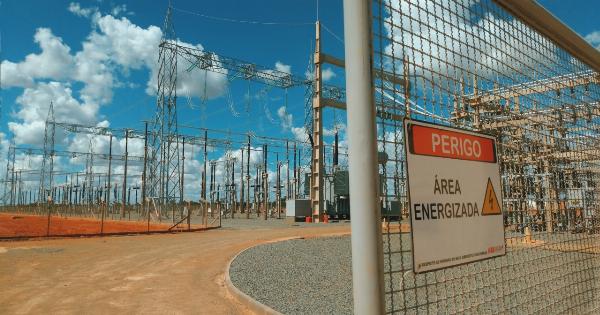Electricity is the major source of power in our daily lives. Most of the activities that we do rely solely on electricity, from powering simple home appliances to sustaining our vast industries’ massive machines.
Various factors determine the supply of power that comes into our homes or industries. Nevertheless, the voltage level is the primary concern.
Without accurate monitoring and maintenance, the power supply can quickly get out of range, leaving you in the dark and causing significant damages.
As an electricity consumer, it is crucial to be vigilant and know the signs that your power is having issues. Here are ten clues that your voltage work is in trouble.
1. Frequent Power Outages
Power outages can be caused by several factors such as bad weather, equipment failure, or human error. However, if you are experiencing frequent power outages, the issue may be from a voltage problem.
Voltage fluctuations can cause disruptions that lead to power outage. You can inspect your electrical system if you suspect voltage issues that could be causing power outages.
2. Flickering Lights
If the lighting in your home or office is flickering, it is an indication of voltage fluctuations. Flickering lights are not only annoying but can also cause headaches, eyestrain and make it difficult to concentrate on tasks.
Flickering lights can be caused by poor wiring or weak voltage supplies. Therefore, you should contact your local electricity supplier to help check the source of the issue.
3. Overheating Appliances
If your appliances, such as refrigerators and air conditioners, are overheating, it may be an indication of voltage issues. Overheating appliances are susceptible to damage, and in some cases, it can cause fire hazards.
You may want to consider purchasing appliances with built-in voltage regulators and also using a surge protector to protect appliances from the effects of voltage fluctuations.
4. Inconsistent Motor Speed
If the motor-driven appliances such as refrigerators, washing machines, and air conditioning units are inconsistent in their speeds, it could be due to voltage fluctuations.
These fluctuations cause the motors to run fast and can lead to premature motor damage, causing the appliance to stop working or making unusual noises. You should consider working with a trained electrician to help assess and fix the issue.
5. Electrical Shocks
If you are experiencing mild shocks when you touch your electrical outlets or appliances, it could be caused by voltage issues. Electrical shocks can be dangerous and lead to serious injuries or death.
You should immediately unplugging the appliance or device and contact your local electrician to help inspect the issue.
6. High Electricity Bills
If the power consumption in your home has recently spiked, and your electricity bill has gone up significantly, it may be due to voltage fluctuations.
Voltage fluctuations can cause electrical appliances to work harder than they need to, increasing your electricity bills. You can monitor your power consumption and also try using efficient Light Emitting Diode (LED) lighting or purchasing power-saving appliances to cut down the bill.
7. Dimming Lights
If your lights are dimming often, voltage fluctuations could be to blame. Lights dim when the voltage level drops and can flicker when the voltage level rises.
These fluctuations can damage light bulbs, leading to reduced brightness and a shorter lifespan. Deciding to replace your light bulbs with different wattages or investing in Voltage Stabilizers can help your light bulbs last longer.
8. Tripping Circuit Breakers
The circuit breaker in your home or office acts as a safety guard to protect the electrical system from faults and overloads.
When voltage fluctuations are too high, they can cause the circuit breakers to trip frequently, leading to appliance damage or power blackout. A professional electrician can help to assess the load capacity of your circuit, and if necessary, replace the circuit breaker to match the needed capacity.
9. Burnt Out Bulbs
If your light bulbs are frequently burning out, it could be a sign of voltage fluctuations. The bulbs may be trying to run on too high or too low a voltage level, which damages the filament and reduces the bulb’s overall efficiency.
By using Voltage Stabilizers and matching bulbs, you can protect your bulbs from voltage issues.
10. Discolored Electrical Outlets
If your electrical outlets are discolored or have burn marks, it may be an indication of voltage problems. Voltage fluctuations can cause electrical fires and damage electronic equipment.
You should immediately unplug all electrical devices from such outlets and contact your local electrician to help check and fix the source of the issue.






























